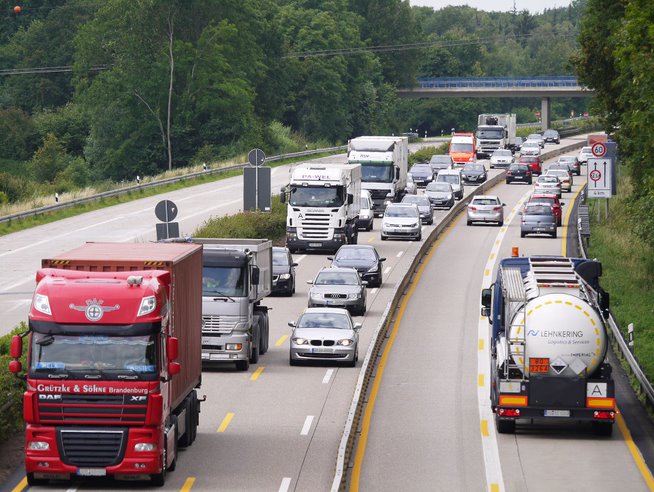DMS, ADAS, MDVR, FCW, IPCAM, SSR, LDW. Do you know these acronyms well? Not? It’s ok! There are so many terms and concepts applied today that you can even get confused. But don’t worry: we are here to help you. In this blog post, we will talk about the main technologies and resources that are transforming fleet management, increasing productivity and safety for drivers and vehicles.
From video monitoring to data analysis, we will explain and simplify everything, showing how you can benefit from it all.
DMs – Technology for detecting fatigue and distraction

DMS is the acronym for Distraction Monitor System, consisted of cameras with embedded intelligence that recognize the driver’s facial features and detect signs of fatigue and distraction behind the wheel. This technology can detect signs such as closed eyes, yawning, cigarette consumption and cell phone use.
Using artificial intelligence technologies and advanced data processing, the camera, when identifying any of these non-conformities on the route, alerts the driver, records what happened and sends the photos or videos online. There, alerts are classified, analyzed and handled by the monitoring center, according to the risk criteria of each company.
With this information, managers have the ability to mitigate risks in real time and still take preventive actions, reducing accidents and encouraging better driving practices.
MDVR: intelligence, integration and data processing

The acronym stands for Mobile Digital Video Recorder, and is responsible for all business intelligence behind the videomonitoring, such as storing videos, settings, remote functions, etc. Without it, cameras are simply cameras.
The MDVR is capable of recording your images in high resolution, storing the files internally and sending them to the cloud, when connected via Wi-Fi, 4G and Ethernet (the conventional internet cable). However, in the event of an accident, the MDVR can be used to retrieve the information, which is stored on SSD for appoximately 10 days.
FCW: your frontal collision alert
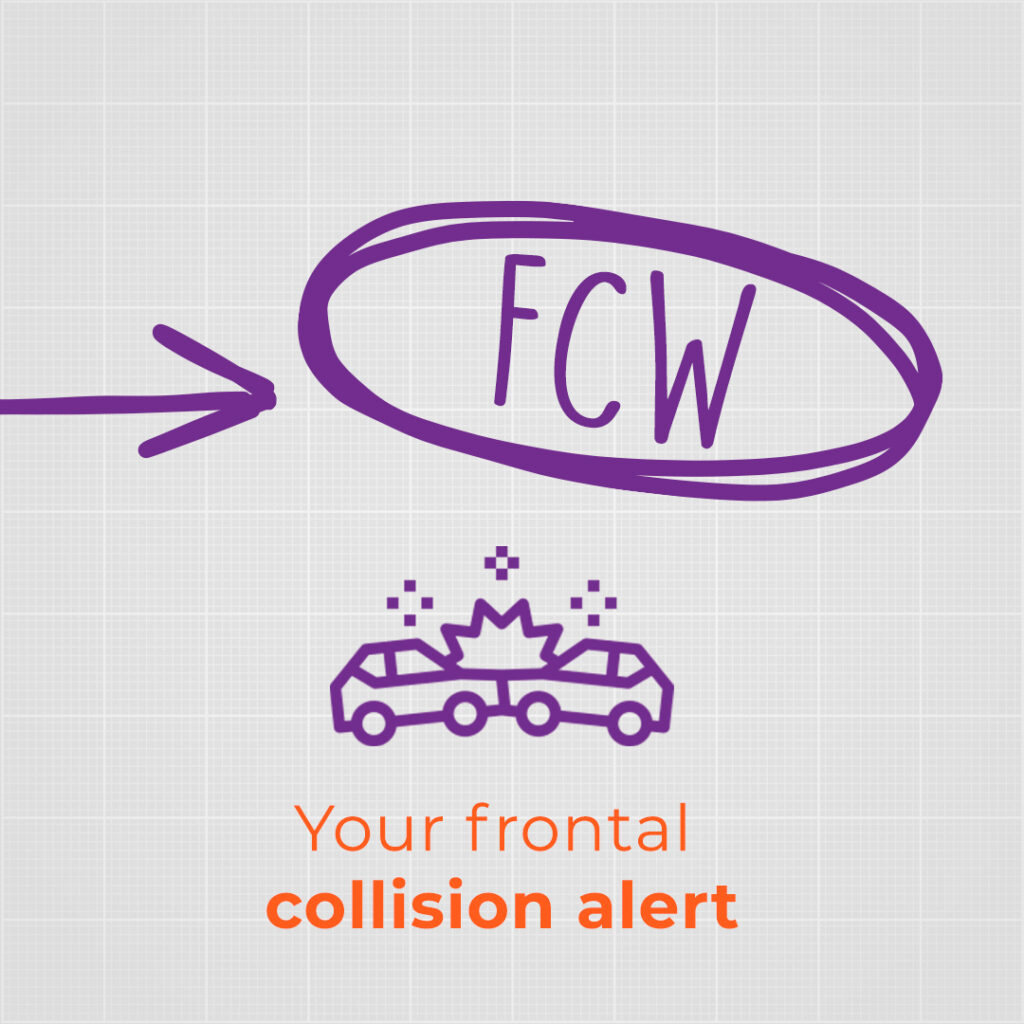
FCW stands for Front Collision Warning. Simply put, these systems provide voice alerts to prevent the vehicle from having a frontal collision. Based on images from the camera system, this technology is capable of analyzing data such as safe distance, vehicle speed (yours and the vehicle ahead) and movement on the track.
When detecting risk situations, these systems issue an alert to the driver, increasing the reaction time, mitigating the risks ahead of them and preventing accidents. In addition, records of what happened are sent to the manager’s portal and to the GoAwake Safety Center, where they are classified and treated according to the best practices of each company.
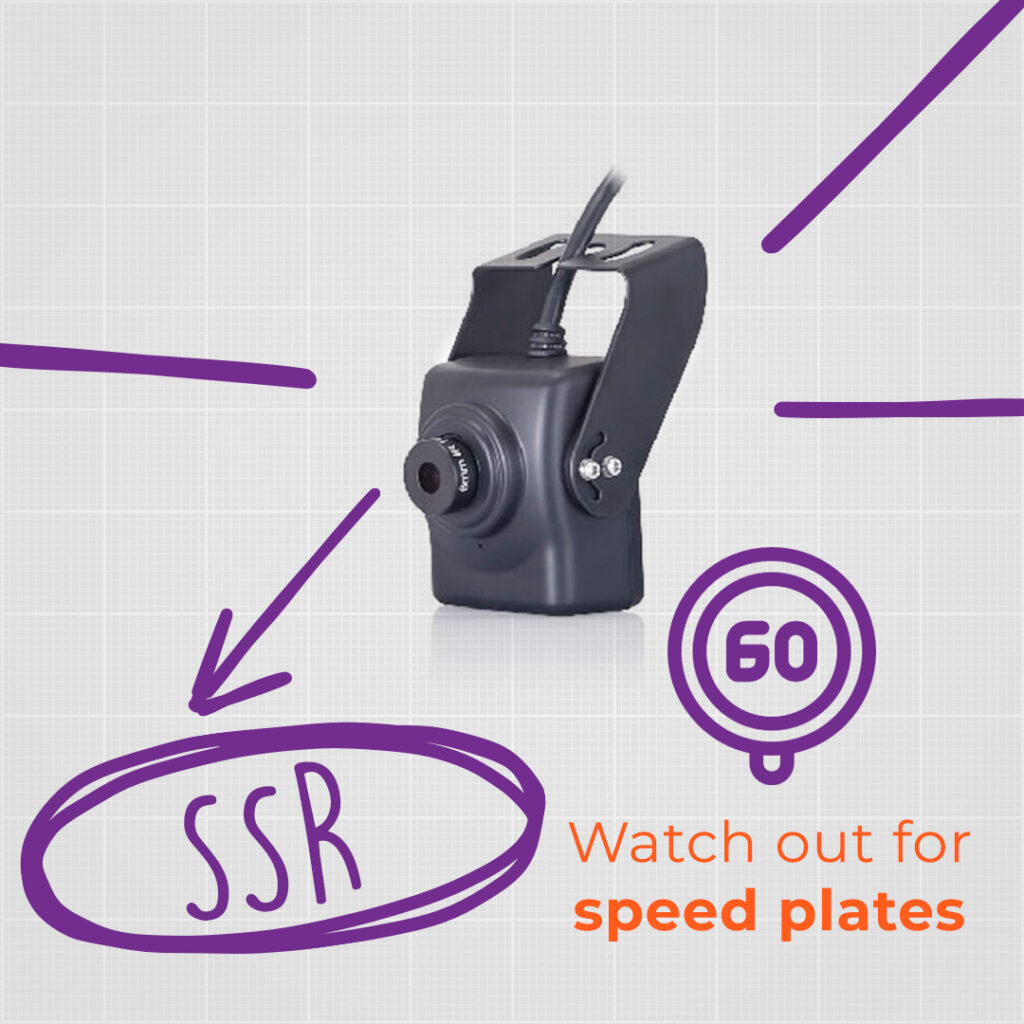
SSR: helping you watch for speed signs
One of the basic rules to avoid accidents is to pay attention to road signs and speed limits. To help drivers, technologies such as Speed Sign Recognition were created, in which cameras and sensors are able to observe speed signs, alerting the driver if he has not noticed any sign and is traveling above the speed allowed on the road.
It is a technology of great help in reducing accidents and reducing the incidence of speeding tickets for failure to comply with the signs.
PCW: your ally to take care of pedestrians
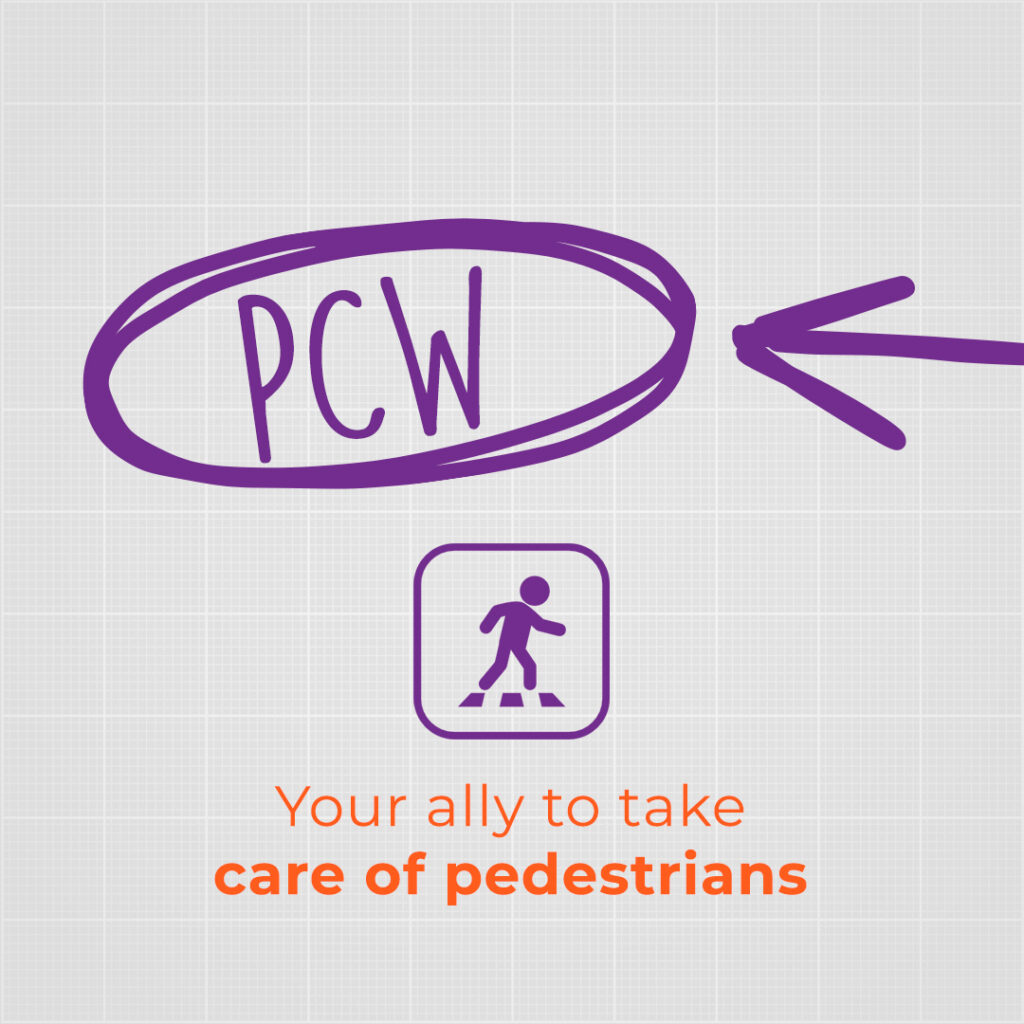
Globally, 22% of fatal accidents involve pedestrians. In some cases, such situations can occur due to unpredictable factors (blind spots, moments of distraction). To address this, there is the Pedestrian Collision Warning (PCW) technology, in which video surveillance cameras can detect pedestrians, cyclists and even motorcyclists, still far from the vehicle. The system identifies movement patterns to issue alerts if the vehicle is too close to the pedestrian or there is a risk of collision.
If the system indicates a possible risk, drivers have a longer time to react and slow down or move away, preserving everyone’s safety.
LDW: your alert to stay on track
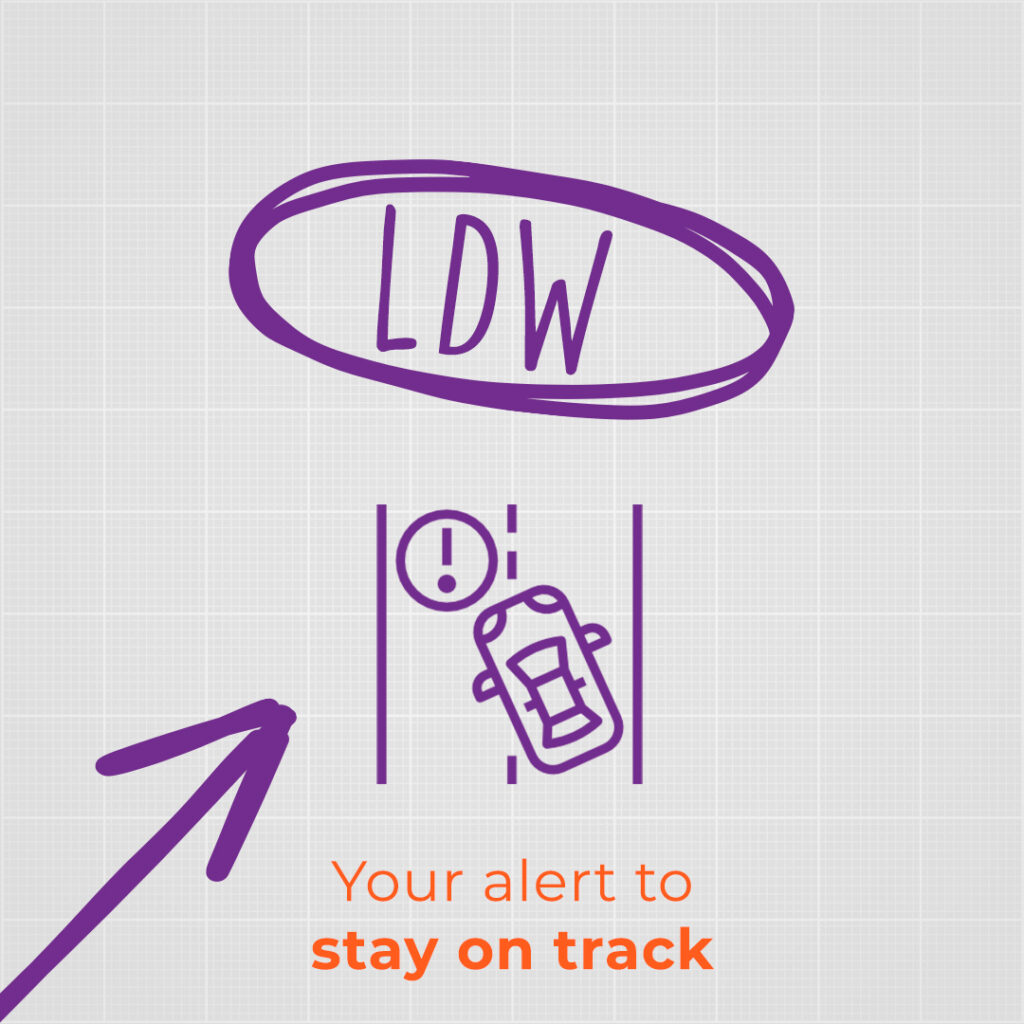
Lane Departure Warning systems can detect in real time when the vehicle is leaving its lane on the road, alerting the driver and thus avoiding possible accidents. The cameras also record videos of what happened and send them to the GoAwake portal, where it is possible to carry out the appropriate treatments and even perceive additional risk situations (such as “near misses”, driver drowsiness, aggressive driving behavior, etc.).
To learn more about how this and other technologies can contribute to the safety of your driver and your fleet, contact GoAwake.
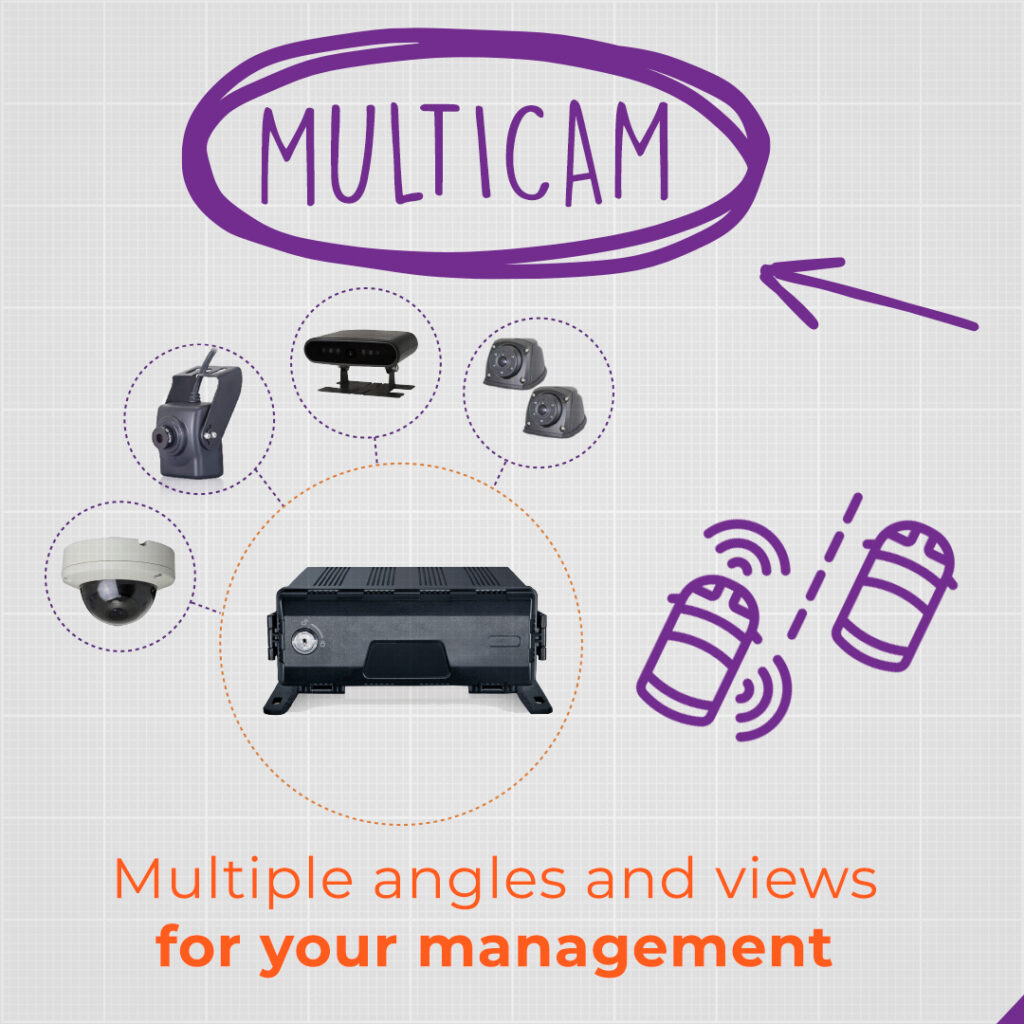
Multicam: multiple angles and views for your management
The more points of view you have, the better your ability to analyze situations and make decisions will be, right? With video surveillance solutions supported by multiple connected cameras, it is possible to have a broad view of the traffic (driver, front of the vehicle, side and pedestrian detection, etc.) and the driver’s driving patterns, with valuable information for the fleet manager.
With GoAwake, count on the most advanced in video monitoring to take the management of your vehicles to a different level of information, safety and productivity.
Innovate and start transforming your fleet now!
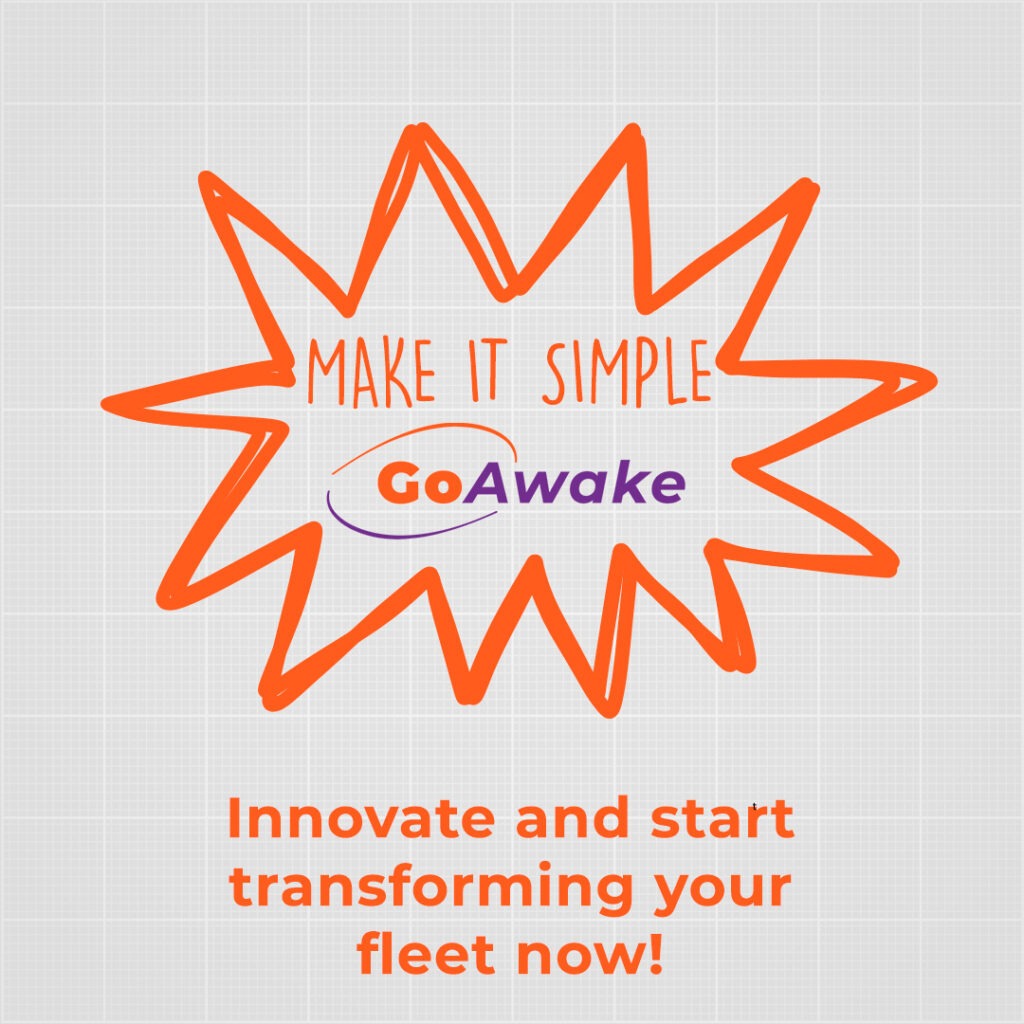
You already know but it is worth remembering: according to WHO data, approximately 90% of road accidents are caused by human error. To ensure that your drivers can get home safely every day, technology is your great ally!
In this post we showed you several concepts and technologies that can help your drivers giving that support to avoid human failures, but starting this transformation alone can be complicated.
At GoAwake, we have the technologies and know-how to help you make the best choices according to your fleet policy, implementing the solutions that make the most sense for your operation. Starting with the cultural factor, and enhanced by technologies, your fleet management can be transformed.
Come with us in this revolution. Contact us!
